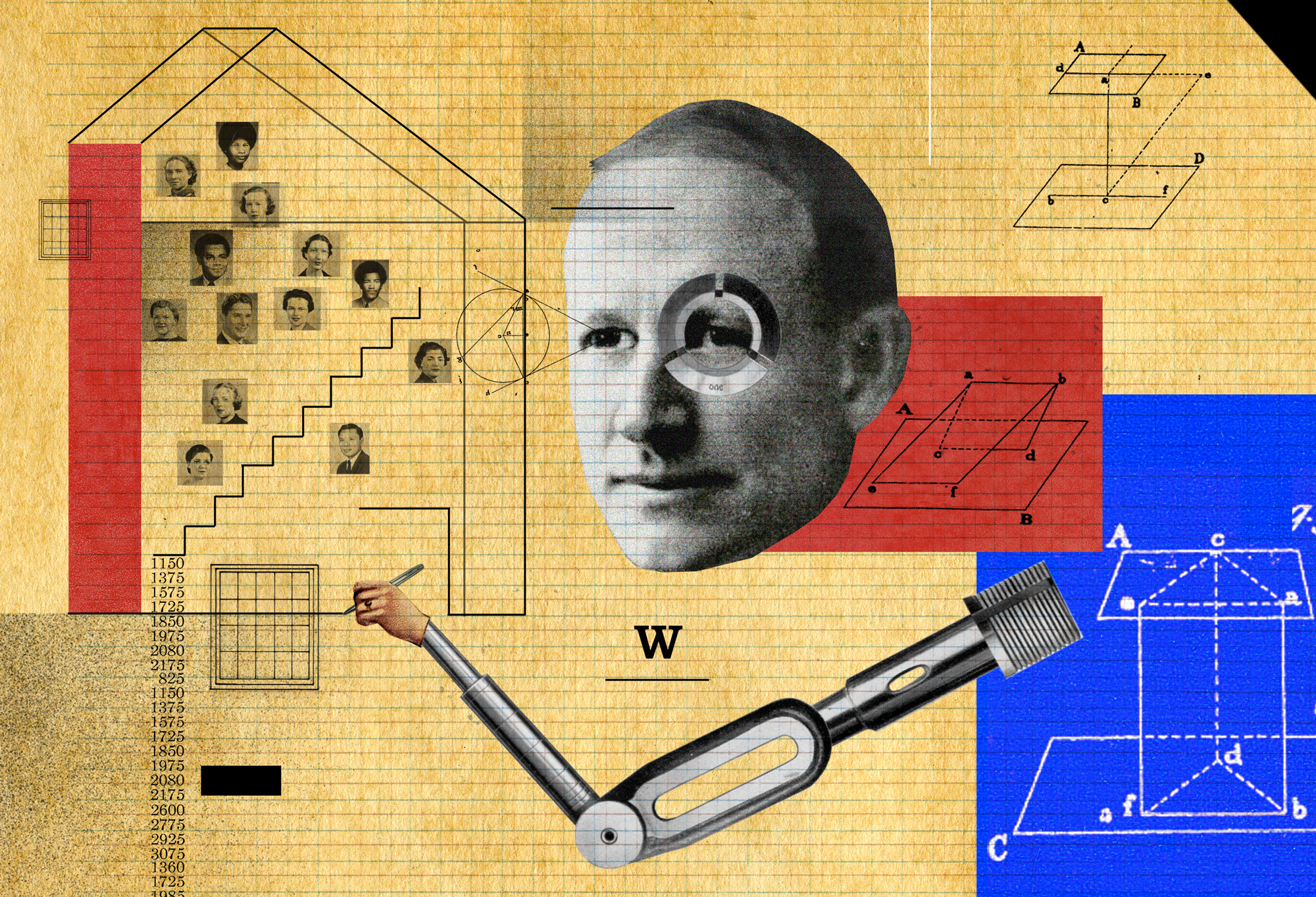

Housing students was a tremendous challenge for the University of Washington when it left its original location in downtown Seattle in 1895 for a home in the woods 5 miles away. Fast forward to today, and student housing is still a big issue, thanks to a Seattle real estate market consumed by skyrocketing rents and a lack of housing options.
The UW was a leader in student housing back then. So it’s no surprise today that the University is partnering with a national developer and investor in student housing to provide a supply of below-market rents, maintain stable rents for single students and increase child-care spaces for UW students, faculty and staff.
This innovative collaboration also allows certain on-campus residence halls to be renovated or replaced, deferred maintenance of University buildings to be addressed and reduction of debt for UW Housing & Food Services.
One example of what’s happening now: Radford Court, which currently provides housing for 399 student families, staff and non-university affiliated residents, will have 127 apartments with rent for UW student families set at 50% of the area median income. Moreover, the existing 77 child-care spaces at the UW Children’s Center at Radford Court will remain. In the near future, two other facilities, Blakeley Village and Laurel Village, will be redeveloped to expand the number of housing opportunities—some at below-market rates.
In 1899, then-UW President Frank P. Graves faced a growing student housing problem while the topic of universities providing student dormitories was being debated at schools across the country. While most gave a thumbs down, Graves pushed ahead and decided to have two buildings (Lewis Hall and Clark Hall) built on the new campus, one for women and one for men. (Those dorm rooms would cost $8 to $10 a month, as opposed to the $25 students spent on room, board and carfare from downtown.) Graves made student housing his top priority and went to the Legislature to seek funding. Without it, “real growth is impossible,” he told state government leaders.
Today, the UW’s growth continues as well as its role as the state’s leader in serving students. It couldn’t be any other way.